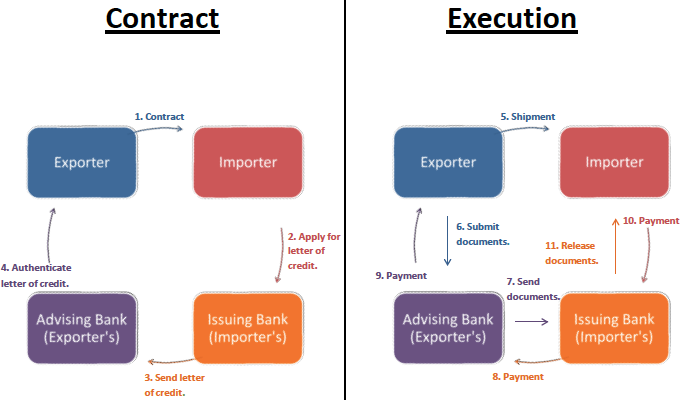(PDC) and the Rubber Development Corporation (RDC) Records of other subsidiary corporations Records OF Allied Corporations 1934-61 Records of the Rubber Making Facilities Disposal Commission (RPFDC) and the Federal Facilities Corporation (FFC) Records of the Electric Home and Farm Authority (EHFA) Records of the Lafayette Building Corporation (LBC) Records of Follower Agencies 1932-64 Records of the National Science Foundation (NSF) Records of the General Solutions Administration (GSA) Records of the Office of Defense Lending, Treasury Department Cartographic Records (General) Movement Pictures (General) Noise Recordings (General) Still Pictures (General) As an independent company by the Restoration Financing Corporation Act, January 22, 1932 (47 Stat - What does ear stand for in finance.
To newly established Federal Loan Firm (FLA), with Electric House and Farm Authority, Federal Housing Administration, Export-Import Bank of Washington, and Federal Home Mortgage Bank Board, by Reorganization Strategy No. I of 1939, efficient July 1, 1939; to Department of Commerce by EO 9071, February 24, 1942; to FLA by an act of February 24, 1945 (59 Stat. 5); to independent company status upon abolishment of FLA by an act of June 30, 1947 (61 Stat. 202). Supplied emergency situation financing facilities for banks. Aided in financing farming, commerce, and market. Acquired favored stock, capital notes, or debentures of banks, trust companies, and insurance provider.

By Reorganization Plan No. 1 of 1957, efficient June 30, 1957. The Reconstruction Finance Corporation Liquidation Act (67 Stat. 230), July 30, 1953, had actually https://www.bizjournals.com/nashville/news/2020/04/13/nbj-reveals-the-2020-best-places-to-work-honorees.html offered for RFC's extension to June 30, 1954, and for termination of its loaning powers, efficient September 28, 1953. Reorganization Plan No. 2 of 1954 had actually assigned to appropriate agencies for liquidation particular functions of RFC, reliable July 1, 1954. Federal Facilities Corporation (personality of artificial rubber production and tin smelting facilities) by EO 10539, June 30, 1954. Export-Import Bank of Washington, Small Organization Administration, and Federal National Home Loan Association (as liquidators of foreign loans, catastrophe loans, and RFC mortgages) by Reorganization Plan No. To blunt the debate, Hoover signed up with hands with Republican moderates and Democratic liberals in Congress to expand RFC authority. In July 1932, the Emergency Situation Relief and Building Act licensed the RFC to make up to $300 million in loans to state and regional governments to assist them in offering relief to the unemployed, and $1. 5 billion in loans to state and local federal governments to put people to work constructing such self-liquidating public works as toll roads, bridges, and sewage and water systems. The act also provided the RFC power to extend loans to banks to help farmers in storing and marketing agricultural products. Which of these is the best description of personal finance.
The $300 million in relief was only the proverbial drop in the bucket compared to overall need, and the general public works building jobs took too long to get underway. President Hoover's political fortunes continued to sink. Although the RFC made nearly $2 billion in bank loans in 1932, instability continued to pester the money markets, with numerous banks stopping working every month, more and more railways going into default, and business loans drying up. In the winter of 1932 to 1933, the RFC's drawbacks entered bold relief. The governors of Idaho, Nevada, Iowa, Louisiana, and Oregon all needed to declare statewide banking holidays to stop panicstricken depositors from making runs on banks, and in March 1933 newly-inaugurated President Franklin D.

The nation's monetary system had collapsed, holidays timeshares even with Helpful resources $2 billion in RFC loans. Regardless of its drawbacks, the RFC will undergo a geometric growth in its power and scope. During the well-known First Hundred Days of the Roosevelt administration, the RFC ended up being the body and soul of the New Offer. Congress established the Federal Emergency situation Relief Administration to take over and expand the RFC's program of relief loans to state and regional federal governments. The new Public Works Administration assumed obligation for the RFC public works construction program. The Product Credit Corporation took over the RFC loan program to help farmers in storing and marketing crops.
Which Method Of Calculating Finance Charge Results In The Lowest Finance Charge? for Beginners
Within a couple of years, the RFC owned $1. 3 billion in stock and exercised voting rights in 6,200 private commercial banks. Because the cash was available in the kind of investment capital, not loans that had to be paid back in 6 months, the RFC stock purchases proved to be a blessing. With the RFC, the Banking Act of 1933, and facility of the Federal Deposit Insurance Coverage Corporation, the money markets started to calm down. Bank failures plummeted, and industrial loans, the life blood of an economy, slowly started to increase. Lastly, since the RFC enjoyed a constant flow of capital through loan payments, it became a source of money almost external to Congress, which President Roosevelt and other New Dealerships frequently exploited.
In 1939, Congress established the Federal Loan Firm to supervise the federal government's huge monetary facility, and President Roosevelt called Jesse Jones to head the new company. By that time, the RFC and its subsidiaries had made loans in excess of $8 billion, triggering some reporters to refer to the firm as the "4th Branch of Federal Government." 2 years later on the entryway of the United States into World War II brought amazing brand-new powers to the RFC. The economy needed to make, as quickly as possible, the transition from Depression to wartime production, and Jesse Jones and the RFC presumed a central function in that effort.